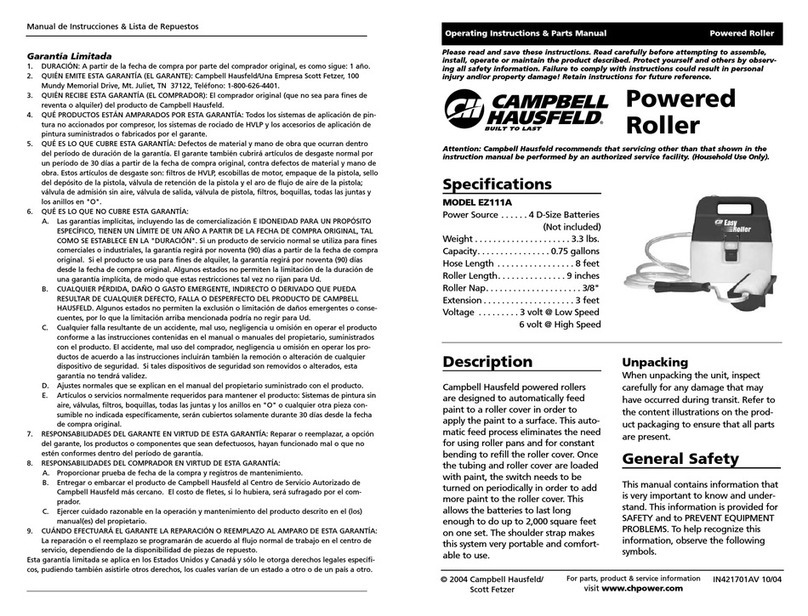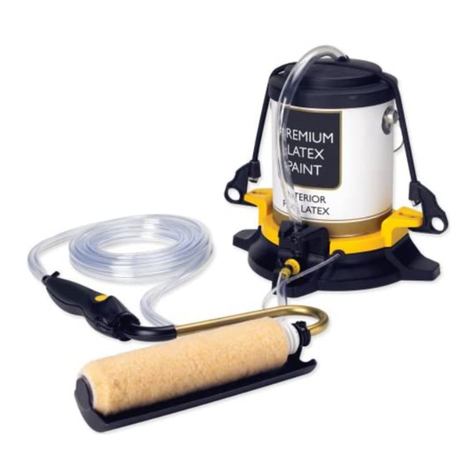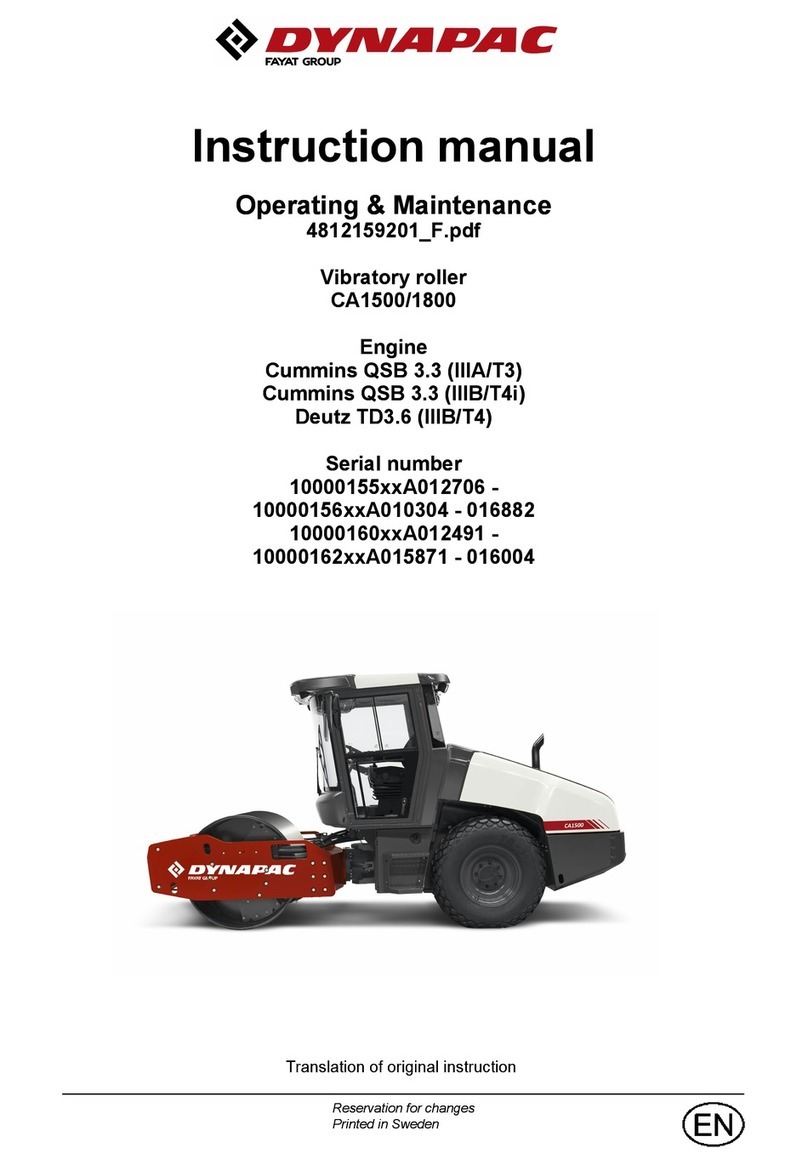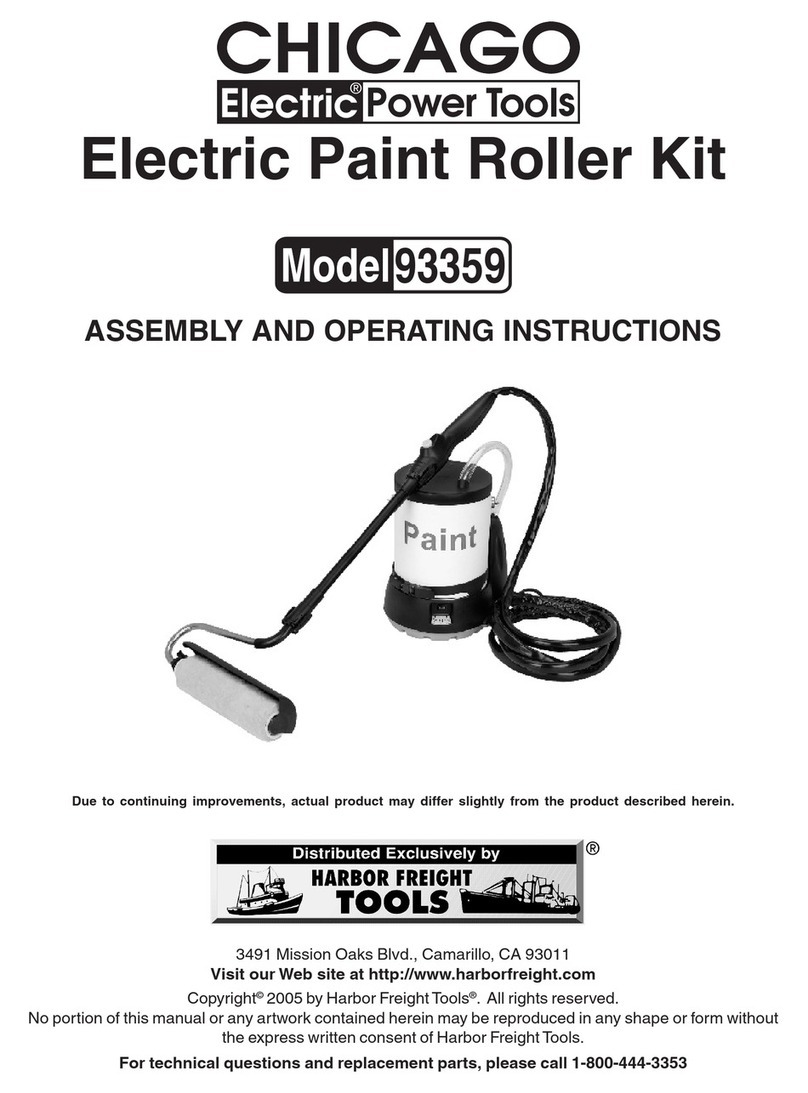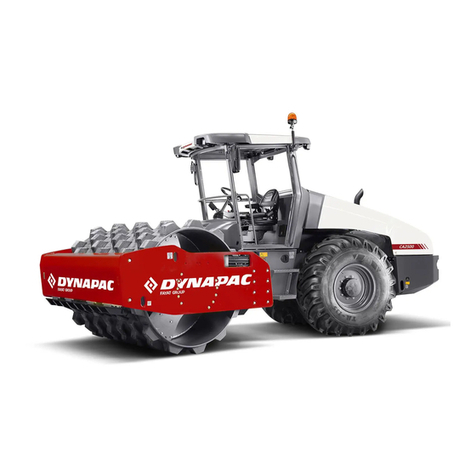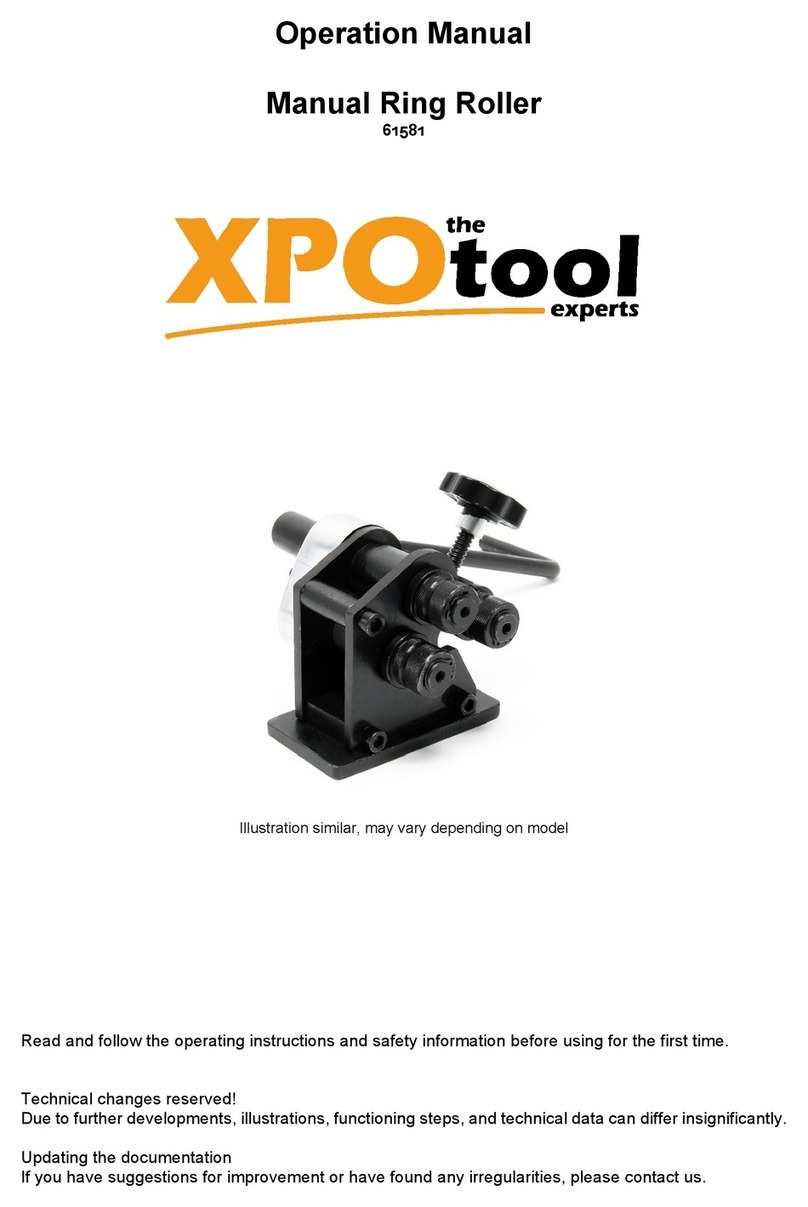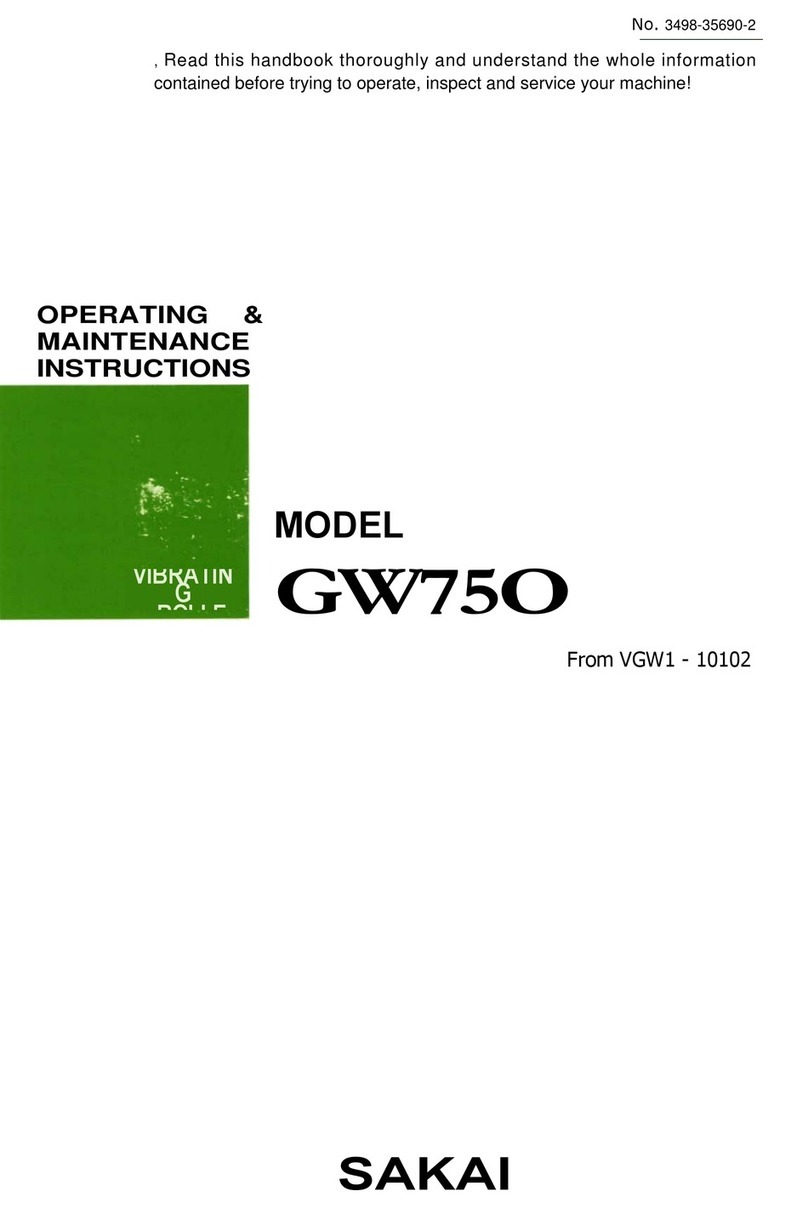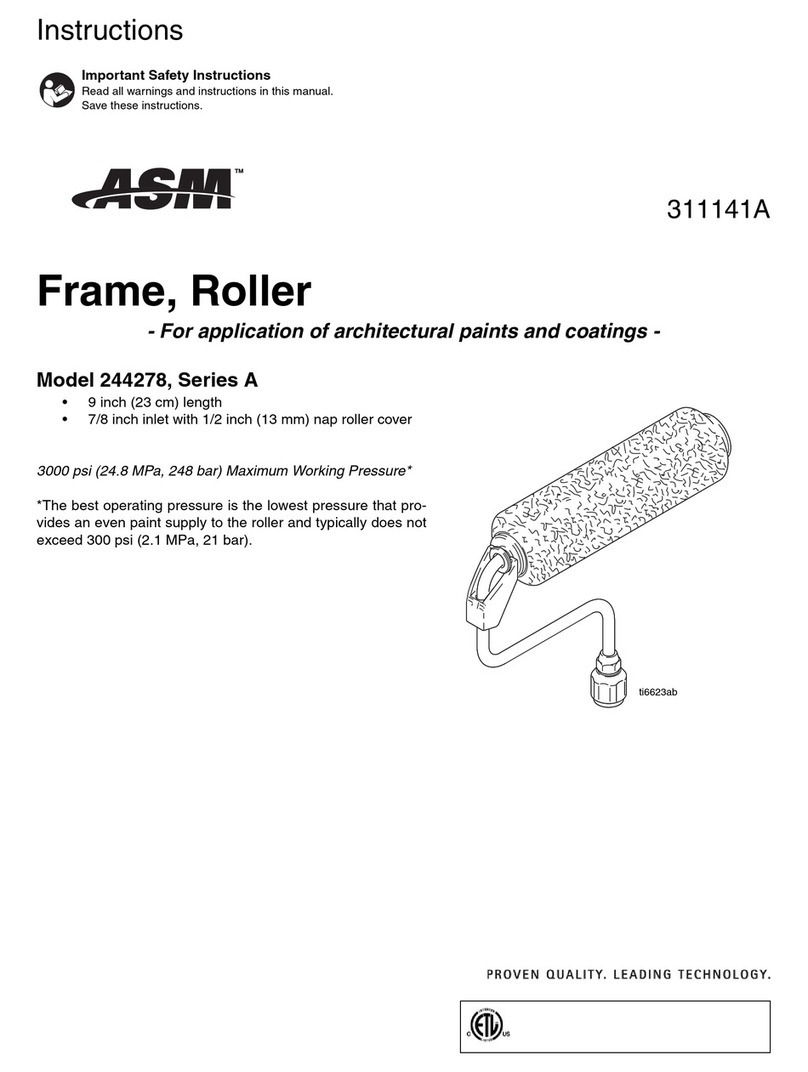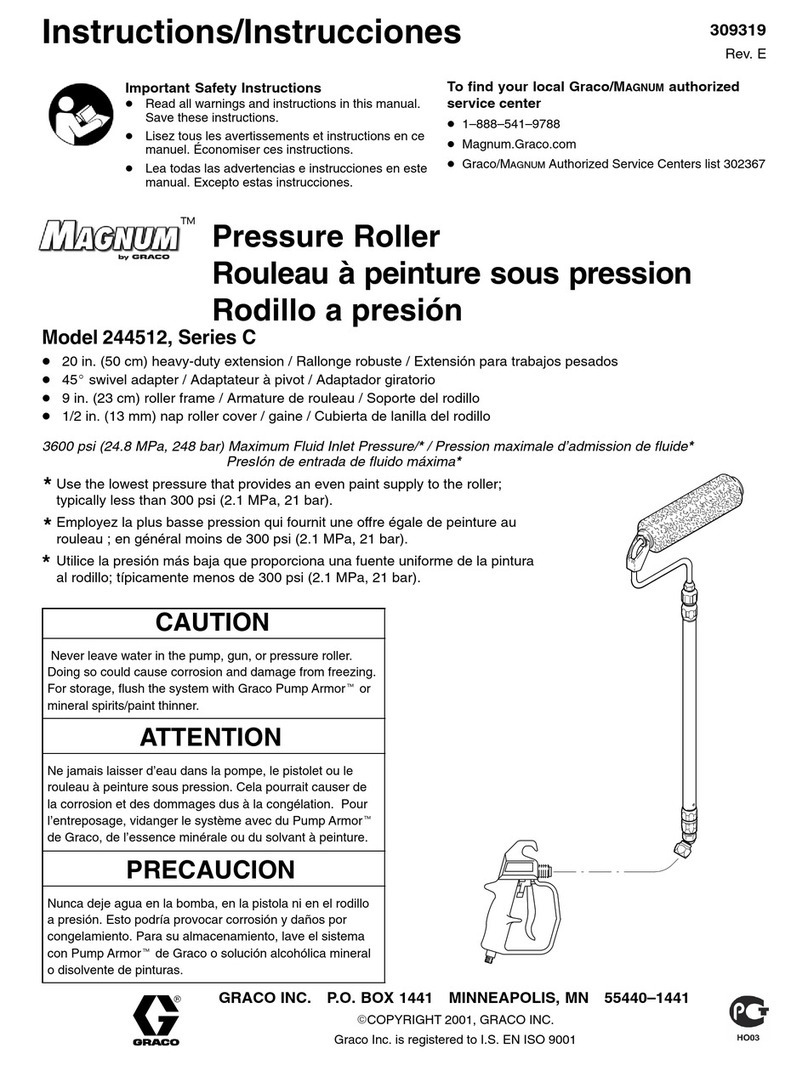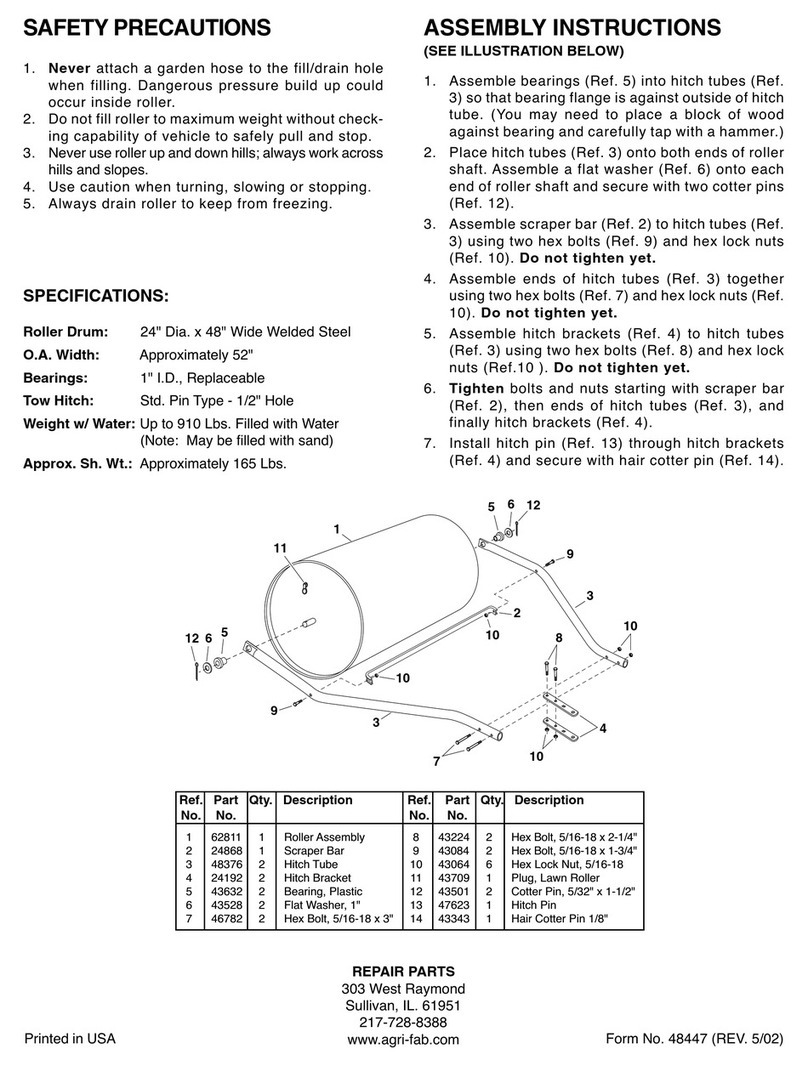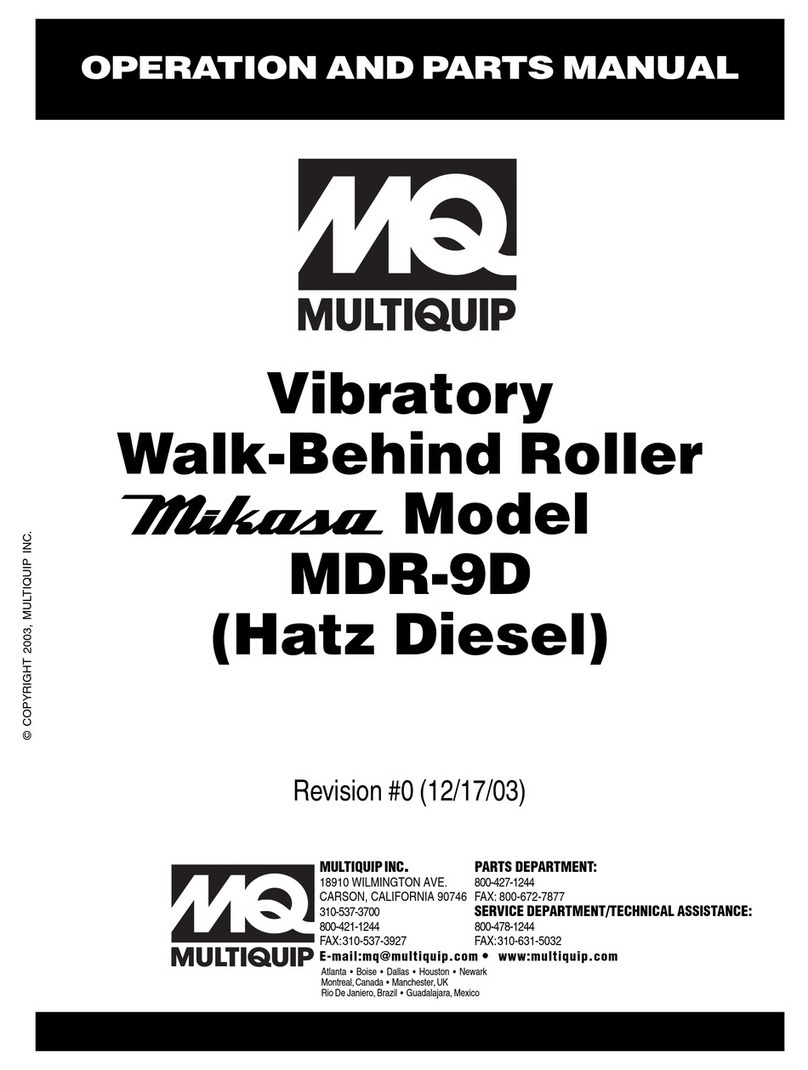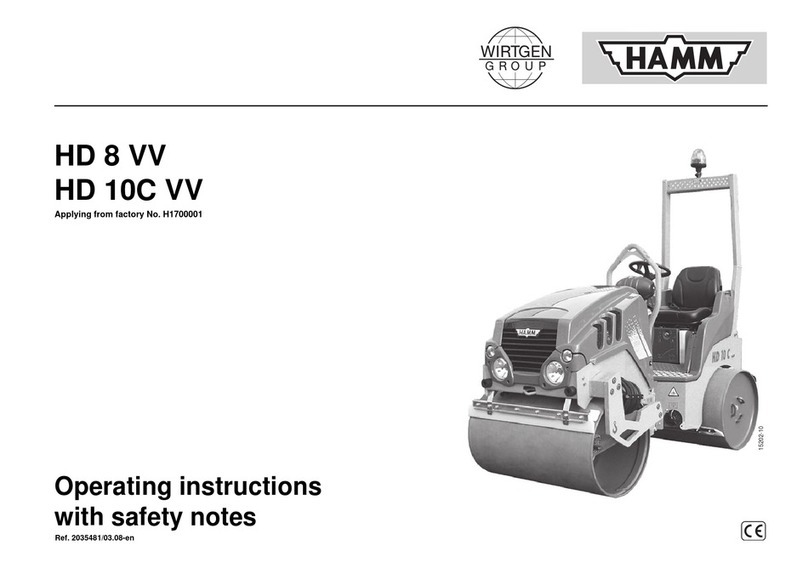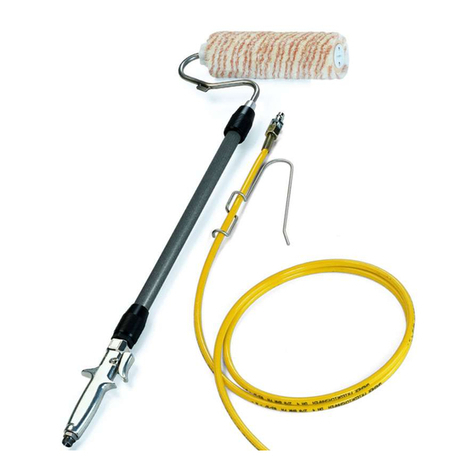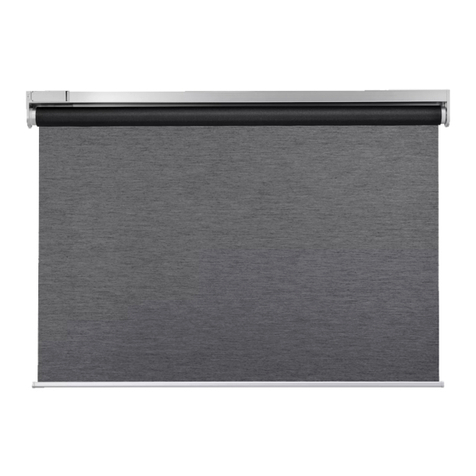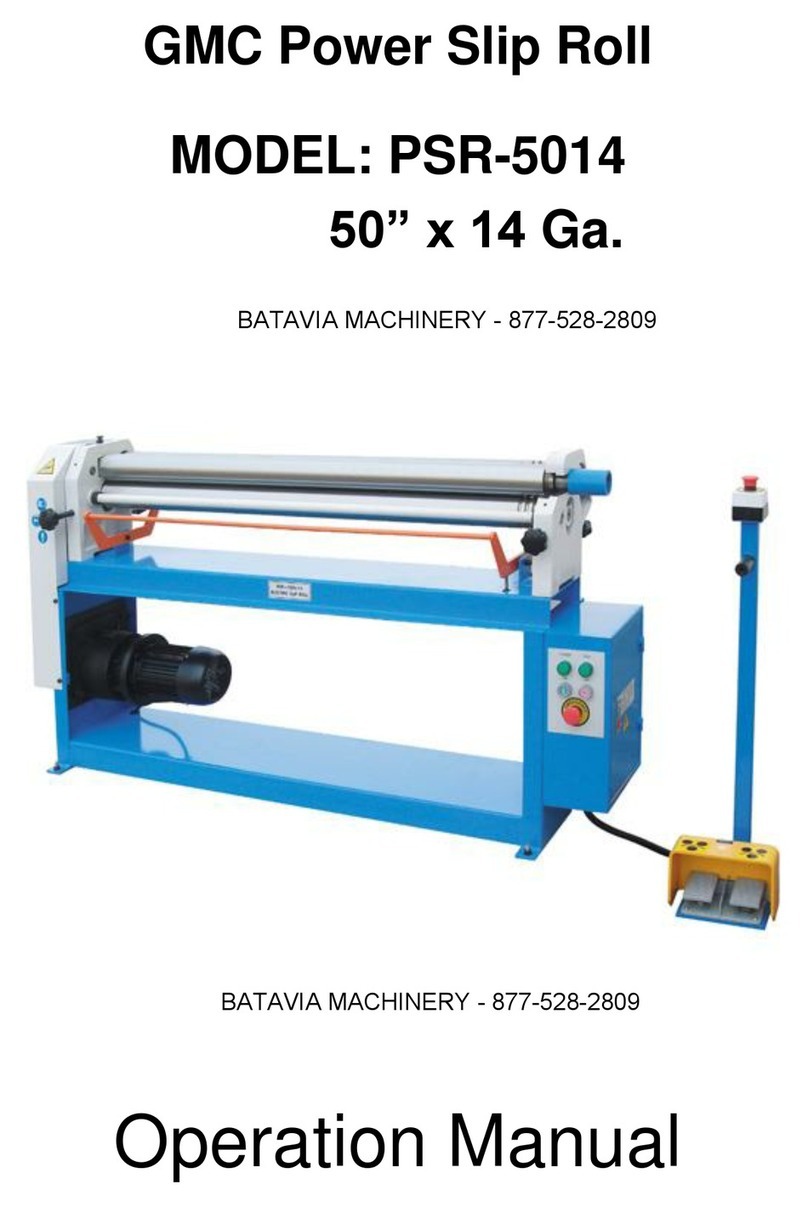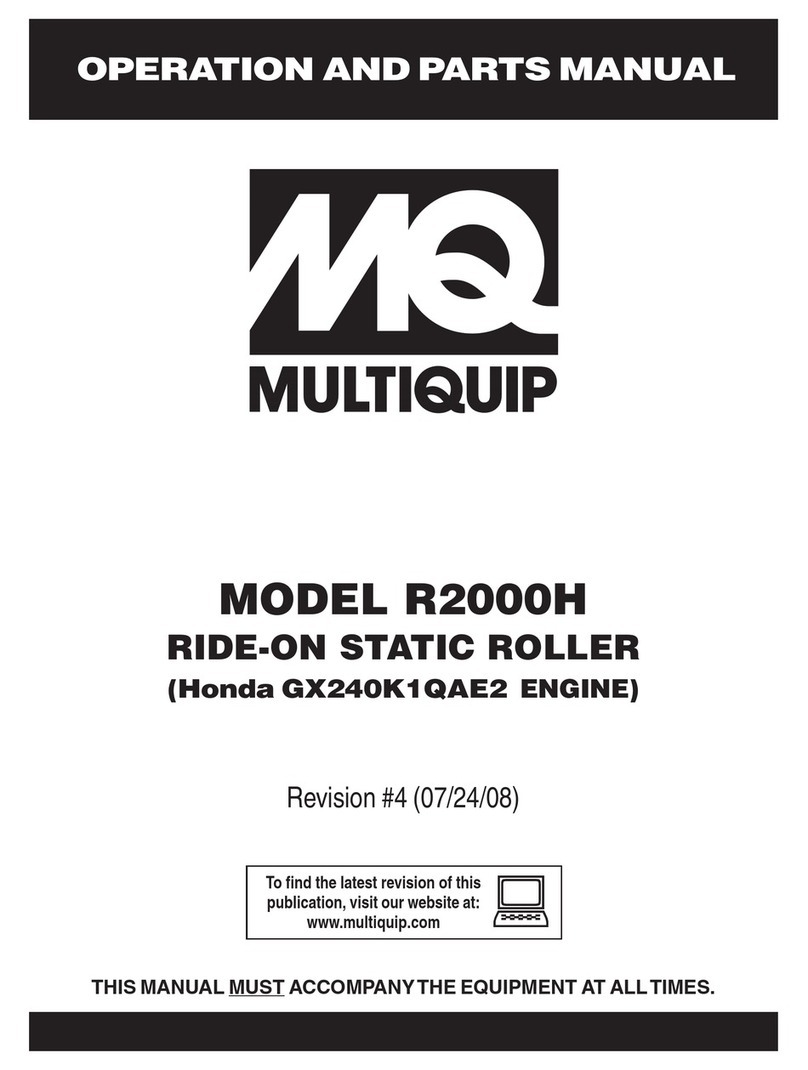
CONTENTS
PREFACE
MACHINE AND ENGINE IDENTIFICATION NUMBERS....................................... 1
SAFETY NOTICES................................................................................................ 2
1. BASIC PRECAUTIONS FOR SAFETY ............................................................. 4
1.1 General Precautions ................................................................................ 4
1.2 Preparation for Safe Operation ................................................................ 6
1.3 Before Starting the Engine....................................................................... 7
1.4 After Starting the Engine.......................................................................... 8
1.5 During Operation ..................................................................................... 8
1.6 Loading and Unloading............................................................................10
1.7 Transportation.......................................................................................... 11
1.8 Handling the Battery ................................................................................ 11
1.9 Towing...................................................................................................... 12
1.10 Before Servicing ...................................................................................... 13
1.11 During Servicing ...................................................................................... 14
1.12 Safety Decals........................................................................................... 16
2. OPERATION...................................................................................................... 18
2.1 Instruments and Controls......................................................................... 18
2.1.1 Operator’s station .............................................................................. 18
2.1.2 Gauges, indicator lamps and warning lamps .................................... 19
2.1.3 Switches............................................................................................ 21
2.1.4 Operating levers and pedals ............................................................. 27
2.1.5 Unloader valve .................................................................................. 28
2.1.6 Fuse box............................................................................................ 29
2.2 Handling and Adjustments ....................................................................... 29
2.2.1 Seat adjustment ................................................................................ 29
2.2.2 Seat adjustment (option)................................................................... 30
2.2.3 Adjustment and replacement of scraper............................................30
2.2.4 Disengaging the brake when towing ................................................. 31
2.2.5 Steering wheel position adjustment ..................................................32
2.2.6 Operator’s platform position adjustment............................................ 32
2.3 Operation ................................................................................................. 33
2.3.1 Before-starting inspection ................................................................. 33
2.3.2 Starting the engine............................................................................34
2.3.3 After starting the engine .................................................................... 35
2.3.4 Traveling ............................................................................................ 36
2.3.5 Stopping / Parking ............................................................................. 38
2.3.6 Stopping the engine ..........................................................................39
2.3.7 Check after stopping the engine........................................................40
2.4 Vibratory Operation.................................................................................. 40
